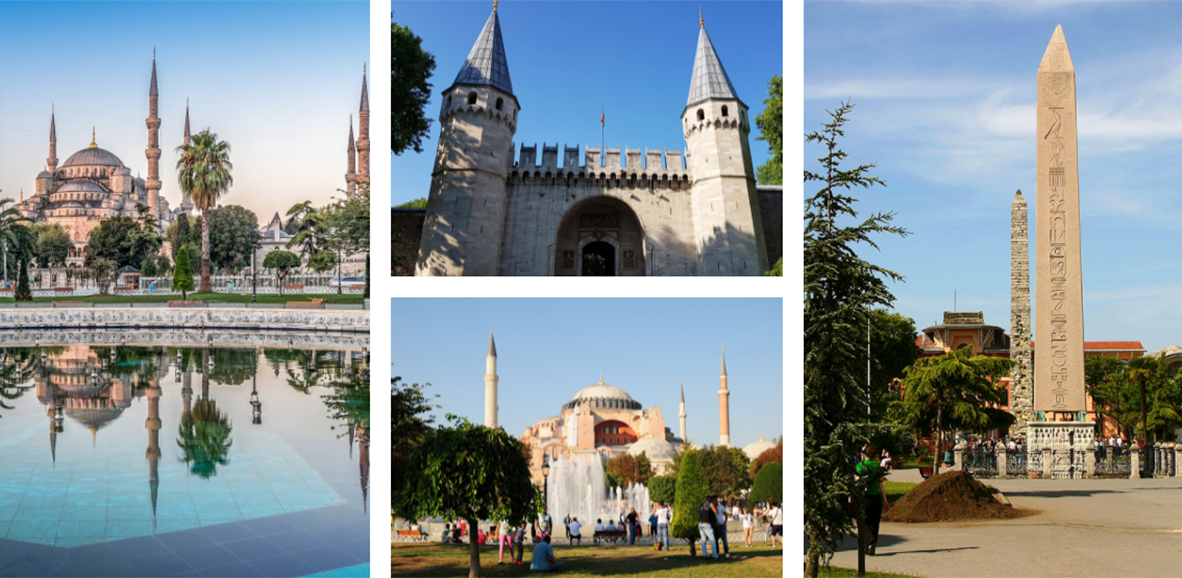In Turkey, you are free to dress however you want; nevertheless, what you wear has an impact on how people react to you. I recommend wearing comfortable, well-maintained clothes and shoes that have been worn often.
In Cities
In Turkish Cities, shorts and T-shirts are a symbol of the tourist. You’re a tourist, aren’t you? Except when visiting mosques, wearing shorts for comfort is no issue. Turks will generally wear “smart casual” attire: a sleeved summer dress or top with skirt for women, a short-sleeved shirt with pants for men. Shoes or sandals can be worn instead of shoes.
Dress modestly while visiting mosques, just as you would while attending a church (no shorts or sleeveless tops, and keep your socks on to walk on the carpets).
The dress code for dinner is usually “smart casual” (neat informal clothing), although you may want a dress or jacket in the higher-end hotels and restaurants.
At the Beach
At the beach, anything is permissible. At some foreign female tourists’ beaches in Turkey, they take off their bikini tops while lying in the sun but put them back on to stroll around or go into the water. Shorts, T-shirts, and flipflops are typical attire for both Turks and visitors from other countries.
Packing for Weather
In the spring (April-May) and fall (October-November), you may expect rain, and the air can be cool or even chilly at night, but pleasant during the day; bring a jacket or a sweater to wear indoors. In Southeastern Turkey, prepare for near-winter weather. There will be little rainfall in Southeastern Turkey, so dress accordingly.
Wear cool cotton clothing, a cap, and sunscreen lotion in the summer (June-September), but carry a light jacket for chilly evenings. Rain shouldn’t be much of an issue, although it may occur along the Black Sea coast and in the East. The Southeast will present you with hot, scorching weather.
Even though the days will be bright, you’ll need to dress for warmth and rain protection in winter (December-March). Weather is warmer on the coastlines and in the Mediterranean region and Southeast, while it is colder at higher elevations.



Comment (0)